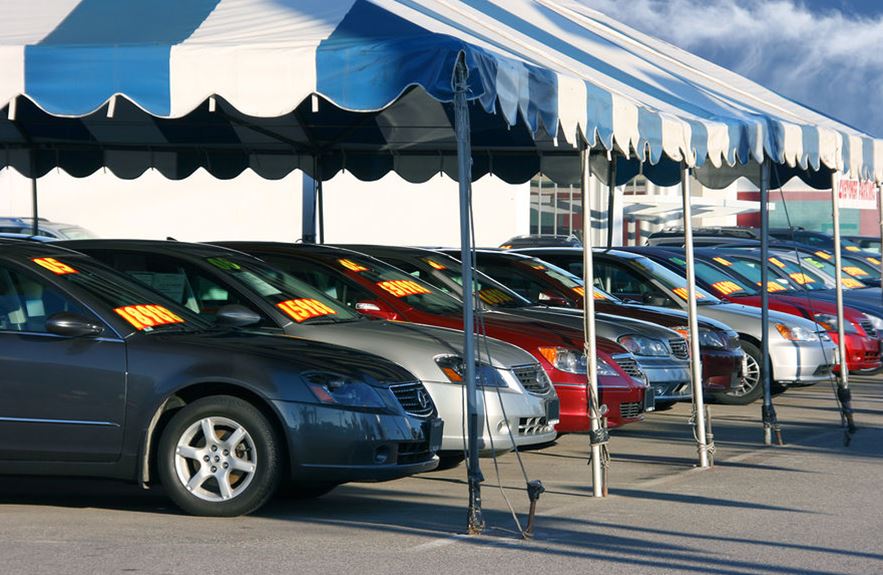10 Easy Steps for Buying a Used Car
Mar 18, 2017 10:19
Buying a used car is exciting, but it can also be very stressful. Whether you're buying your first car or you just haven't been car shopping in a long time, here are ten steps that should make the process a little bit easier.

Also, be wary of any vehicle that seems too inexpensive. If it seems too good to be true, it probably is. You might be able to pick up a car near you for a couple thousand dollars or less, but it could have a lot of issues that will cost more than you can afford to repair.
1. Determine Your Budget
You never want to spend more money than you can afford. That's true whether you're buying something as simple as a lunch at your favorite restaurant or something like a used car. Before you even begin shopping around, determine how much you're willing to spend on a vehicle. Keep in mind that your purchase won't be just a "one-and-done" deal; you will also have to determine how much money you will be spending on gas, maintenance, and insurance.2. Decide What You Want
Once you've determined how much you can spend on a car, it's time to decide what kind of vehicle you want. Decide what makes and models will fit within your price range, and make a list of which cars you would most like to drive. Do plenty of research during this time, as some makes and models will be better investments than others, especially when you're buying used.3. Look At Prices
Prices can vary from one car to the next, even if they are similar models. Check some pricing resources such as Kelley's Blue Book to determine how much your preferred vehicles will cost, and compare them to prices in your area.4. Look for Sellers in Your Area
No matter where you may live, there are bound to be at least a few sellers of used cars near you. There are plenty of online resources that will allow you to search for vehicles in your price range, and many of them allow you to refine your search by make, model, mileage, and special features. Don't forget to check online reviews if you're going to a dealer.5. Contact Sellers
After you've narrowed down your search and found a vehicle within your price range, it's time to contact the seller. Ask them how long they've owned the vehicle, why they are selling it, if there is any damage, and if it has undergone any extensive repairs. Any reputable dealer will be ready and willing to answer these questions.Also, be wary of any vehicle that seems too inexpensive. If it seems too good to be true, it probably is. You might be able to pick up a car near you for a couple thousand dollars or less, but it could have a lot of issues that will cost more than you can afford to repair.







































































